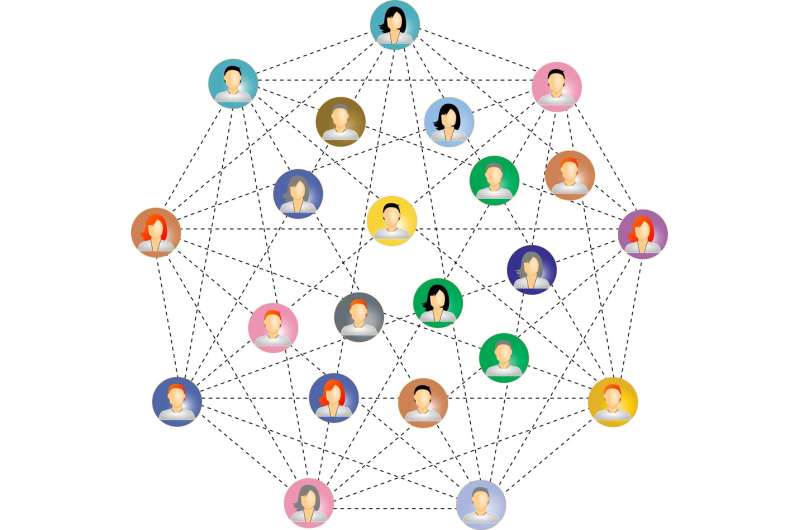How Creutzfeldt-Jakob Disease Can Remain Dormant in Neurons for Decades

Recent research uncovers how Creutzfeldt-Jakob disease can stay dormant within neurons for decades, reactivating under certain conditions. Learn about the latest discoveries in prion diseases.
Creutzfeldt-Jakob disease (CJD) is a rare but fatal neurological disorder that can stay hidden within the brain for many years before symptoms appear. Recently, researchers revealed new insights into how this disease can remain dormant inside neurons, the brain’s nerve cells, for up to several decades. In April 2025, three cases of CJD emerged in Oregon, which is unusual given the disease’s typical rarity, prompting investigations into its origins. CJD is part of a group of disorders called transmissible spongiform encephalopathies, characterized by sponge-like holes forming in the brain tissue. These conditions share a common feature: the presence of prions—misfolded proteins that accumulate and cause neurodegeneration. Once formed, prions are notoriously resistant to the body's clearance methods, leading to relentless brain damage. While some scientists consider prions to be infectious agents, others, like Dr. Laura Manuelidis from Yale, suggest that misfolded prions are a product of an infectious stimulus, possibly a small virus. A groundbreaking study in PLOS One uncovered how CJD can go into a latent state within neurons. By creating cellular models of rat neurons, researchers observed that infected neurons appeared normal during division but began producing infectious particles when cell division was halted. This indicates a latent stage where the infection lurks silently, only becoming active under certain conditions. Such latent infections are common among various pathogens; herpes viruses and tuberculosis are prime examples, often reactivating under immune suppression. The study further demonstrated that mature neurons, which do not divide, could harbor dormant prions for years. These neurons show minimal signs of infection until triggered, at which point they reactivate the disease process. During reactivation, infected neurons increase prion production but also exhibit reduced immune responses, complicating detection and treatment. This discovery highlights the complex biological mechanisms behind CJD and similar neurodegenerative diseases. It also emphasizes the importance of understanding early infection stages, which could lead to earlier diagnosis and targeted therapies. Overall, these findings pave the way for future research aiming to identify the infectious agents involved and develop potential interventions to prevent the reactivation of dormant infections in the brain.
Stay Updated with Mia's Feed
Get the latest health & wellness insights delivered straight to your inbox.
Related Articles
Revolutionary Gut Bacteria Therapy Shows Potential for Kidney Stone Prevention
Innovative research at Stanford has developed genetically modified gut bacteria capable of reducing oxalate levels, showing promise in preventing kidney stones through animal and human trials.
Enhancing Cancer Diagnosis Speed Through Connected Health Data
Advances in connected health data are paving the way for earlier and more reliable cancer diagnoses, transforming patient care and outcomes through comprehensive data analysis and system-wide improvements.
Revised AHA Guidelines on Hypertension: Key Updates for 2025
Discover the latest updates from the American Heart Association on hypertension management for 2025, including new blood pressure targets, lifestyle tips, and screening recommendations to improve heart health.
Higher Rates of Leg Amputation Due to Arterial Disease in Disadvantaged Communities
A new study reveals that leg amputations caused by arterial disease are four times more common in disadvantaged communities in England, highlighting significant health inequalities and the urgent need for targeted prevention efforts.



